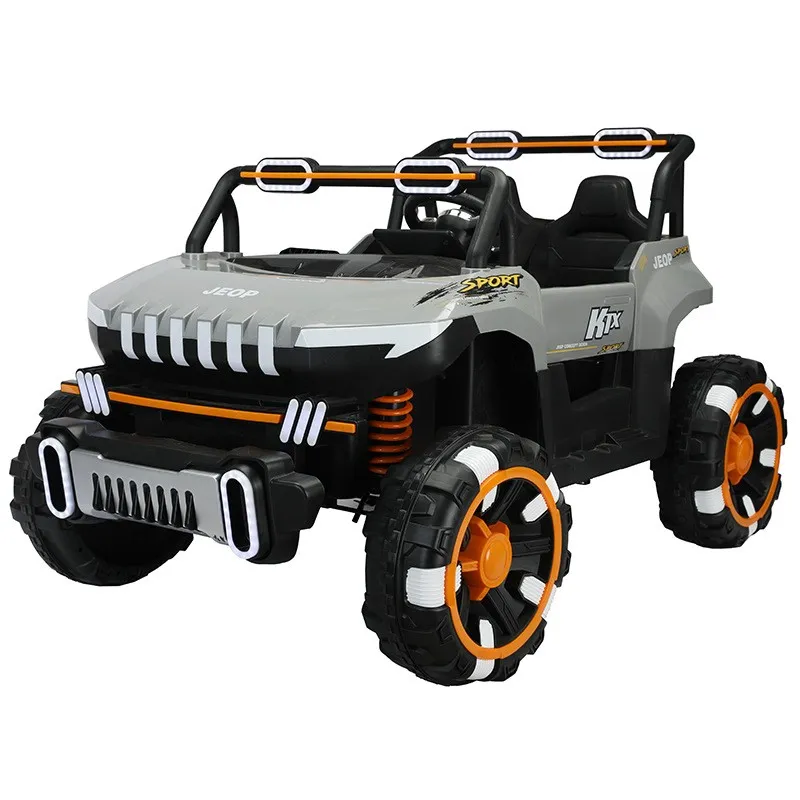scooter
The Evolution and Impact of Scooters in Urban Mobility
The scooter, a seemingly simple mode of transportation, has garnered significant attention over the years, particularly in urban environments. Initially popularized as a children's toy, scooters have evolved into versatile vehicles that cater to various age groups and purposes. This article delves into the evolution of scooters, their significance in urban mobility, and the future they hold in our cities.
The origins of scooters can be traced back to the early 19th century when they were designed as relatively basic two-wheeled vehicles. Constructed with wood and metal, these early scooters relied on human power for movement. However, it wasn’t until the late 20th century that scooters began to gain traction as a practical transportation option. Innovations in design and materials led to the creation of lightweight, foldable scooters that appealed to both children and adults alike.
The early 2000s heralded the resurgence of scooters with the introduction of kick scooters, which became immensely popular among the youth. These scooters featured a lightweight aluminum frame, a sturdy deck, and a rear brake, making them not only fun to ride but also safe. Cities witnessed a boom in scooter usage, with children and teenagers using them for recreation and short commutes. Parents appreciated that scooters encouraged outdoor activity, promoting a healthier lifestyle among young ones.
As urban populations grew, so did traffic congestion and environmental concerns. The introduction of electric scooters offered a solution to some of these pressing issues. With their renewable energy source and reduced carbon footprint, electric scooters quickly became a favorite mode of transport for short to medium distances. Many cities embraced electric scooters as a sustainable alternative to cars, contributing to decreased traffic congestion and pollution levels.
scooter

Moreover, the emergence of scooter-sharing programs revolutionized urban mobility. Companies like Bird, Lime, and Spin introduced dockless e-scooters, allowing users to rent scooters via smartphone apps. This innovation made it easy for residents and tourists to access scooters on-demand, providing a flexible and efficient transportation option. These programs have particularly helped in addressing the “last mile” problem—bridging the gap between public transit stations and final destinations.
The convenience and affordability of scooters have made them attractive to a diverse range of users. Young professionals utilize scooters to commute to work, while students rely on them to navigate campus quickly. Moreover, many individuals with disabilities find scooters to be an accessible mode of transport. This inclusivity enhances the overall appeal of scooters in urban settings, making them an integral part of city life.
However, the rise of scooters has not come without challenges. Concerns over safety, reckless riding, and cluttered sidewalks have sparked debates among city officials and residents. Some cities have imposed regulations to address these issues, such as speed limits, designated riding zones, and parking restrictions. Striking a balance between encouraging scooter usage and ensuring public safety remains a priority for urban planners.
Looking to the future, the role of scooters in urban mobility is expected to expand further. With advancements in technology, we may see scooters equipped with smart features such as navigation systems, traffic alerts, and enhanced connectivity. Furthermore, as cities continue to invest in infrastructure that accommodates various modes of transportation, scooters will likely play a pivotal role in creating more integrated and sustainable urban environments.
In conclusion, scooters have transformed from a simple childhood toy into a dynamic component of urban transportation. Their evolution reflects broader societal changes, from the quest for environmental sustainability to the need for efficient urban mobility solutions. As cities evolve and adapt, scooters will undoubtedly be at the forefront of shaping the future of urban transportation, making them an essential vehicle for modern cities. The journey of the scooter is far from over, and its impact will continue to resonate in the way we navigate our increasingly dense urban landscapes.
-
Understanding Voltage in Battery for Children's Motorized CarNewsJun.05,2025
-
Safety Features to Look for in an Electric Car for KidsNewsJun.05,2025
-
How to Teach Your Child to Ride a Kids MotorcycleNewsJun.05,2025
-
How to Prevent Falls on a Balanced ScooterNewsJun.05,2025
-
How to Maintain Your 3 Wheeled Scooter for LongevityNewsJun.05,2025
-
Best Motorcycle Scooters for Urban CommutingNewsJun.05,2025
